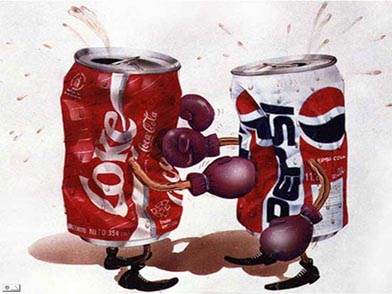Today's blog: Awesome Things in the Ocean!!
 |
| A shaggy mouse nudibranch underwater at Point Hudson (photo by Elise Gorchels) |
Did you know...
- Some nudibranchs (sometimes known as "sea slugs" but they're really so much cooler!) have the ability to not only eat the stinging cells found in jellyfish and anemones without injury, but actually pass them through their digestive tract un-activated and use them for their own defense?? One local species that has this ability is commonly known as the "shaggy mouse"
- The geoduck (pronounced "goey duck"), found intertidally in the Puget Sound, is the world's largest intertidally found clam, weighing in at an average of 2.2 pounds. They can grow to be upwards of 10 pounds each and live to over 100 years! If you've got eight minutes to kill, check out the video of Mike Rowe harvesting them for Dirty Jobs:
 |
| A GPO (not actually so "giant", it was approximately the size of a grapefruit) out for an underwater stroll at Redondo (photo by Elise Gorchels) |
- There are 289 known species of octopus worldwide; only two of them are known to live (or at least commonly found) in the Puget Sound. They are the Giant Pacific Octopus (or GPO as many divers and marine enthusiasts refer to them) and the Red Octopus.
- Hermit crabs have bodies that coil either to the right or the left. Similarly, snail shells coil in either direction. If a hermit crab finds an appropriately sized home, but it coils the wrong direction, he is out of luck!
 |
| It's cool, I'll just hide behind this...foliage...(photo taken at Les Davis pier by Elise Gorchels) |
-Anemones are animals, not plants, and are capable of moving when they find their habitat undesireable. Some species, such as the swimming anemone, move by contracting alternating sides of their column. Others might detach and inch along the bottom, and still others will completely roll in their foot (the part of their body that attaches to the surface they live on) and flip on their side, rolling much like a barrel in the current.
 |
| A Painted anemone at Langley Tire Reef (photo by Elise Gorchels) |
That's all for now! Stay tuned for updates on our marine exhibit tanks, which will reopen in April and recaps from our annual auction, happening March 10th!
-Elise




